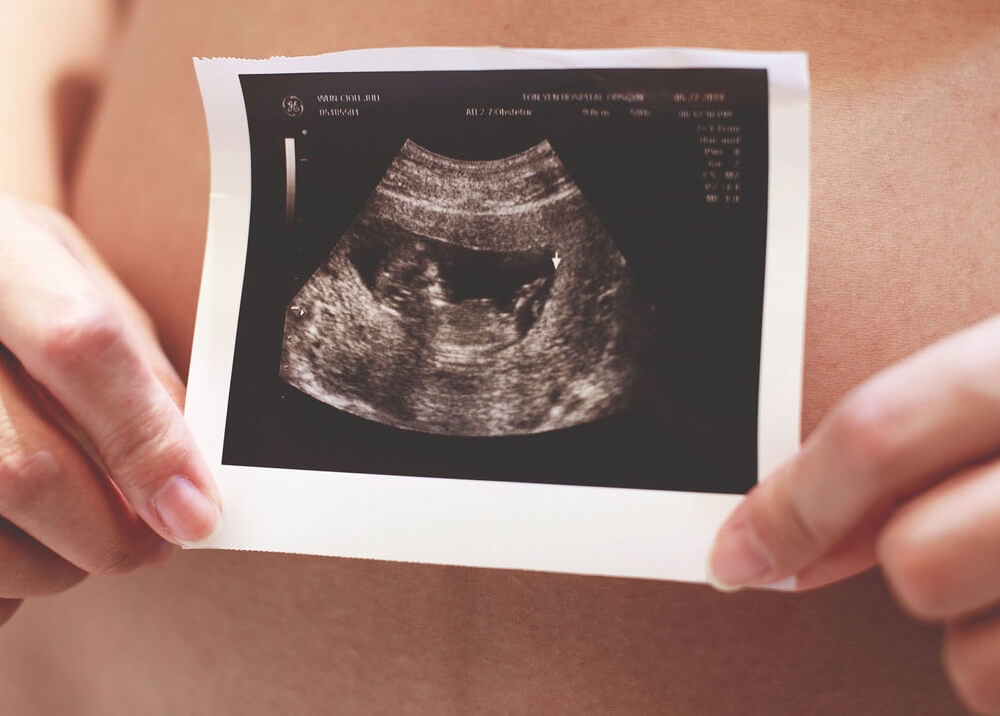- Get link
- X
- Other Apps

Scientists from Northwestern University, using a 3D printer, created artificial ovaries, which allowed laboratory animals with previously paired sex glands to have live babies.
Researchers hope to use this technology to develop bioprostheses of human ovaries, which can subsequently be implanted into women to restore their fertility (the ability of a sexually mature organism to produce viable offspring), which have a high risk of infertility after various diseases.
“We are developing new ways to restore the quality of life for patients through artificially created biological implants to restore fertility and normal hormone secretion,” said lead author Monica M. Laronda.
A team of specialists used a 3D printer to create a special framework populated by immature oocytes (oocytes). The structure of this framework was made of gelatin - a biological material obtained from collagen (animal protein that forms the basis of the connective tissue of organisms).
The base created by scientists was distinguished by high rigidity, elasticity, and the ability to maintain its structure for a long time. She provided future eggs with sufficient space for their growth, participated in the formation of blood vessels. Scaffolds sown with ovarian follicles are blocks containing oocytes whose work is supported by hormone-producing cells. All this is a "bioprosthesis."
To test the latest implant, scientists removed the ovaries from mice and replaced them with artificially created sex glands. Rodents were able to become pregnant, give healthy offspring and feed him. Bioprosthesis implantation also restored the estrous cycle (ovarian cycle in female mammals) in laboratory animals.
Scientists believe that such an implant will help maintain the hormonal cycle in women with congenital or acquired ovarian dysfunction. Often, such women have reduced production of sex hormones, which can lead not only to problems of puberty, but also to various disorders of the musculoskeletal and cardiovascular systems.
“We hope one day to restore fertility and hormonal function in women suffering from side effects of cancer treatment or born with reduced ovarian function,” - Monica M. Laronda.
Specialists are confident that their scientific work will have an impact on other soft tissue replacement methods currently being developed.
The article is based on materials .
- Get link
- X
- Other Apps
Comments
Post a Comment